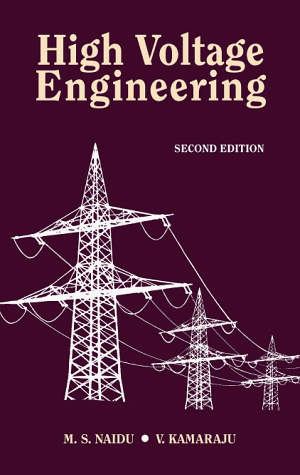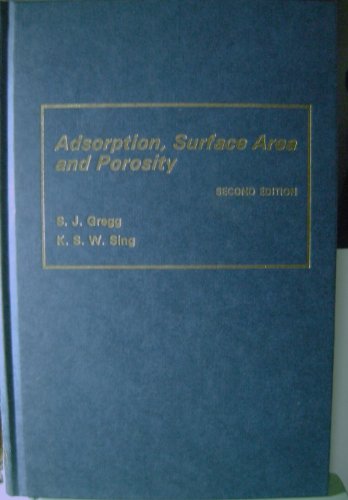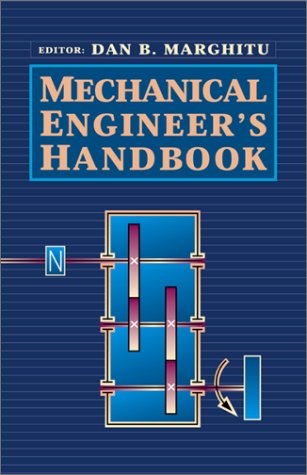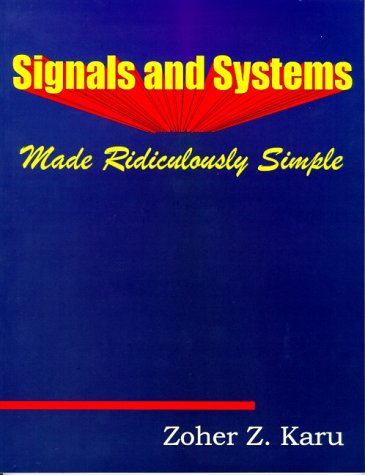M. S. Naidu0074622862, 9780074622865
Table of contents :
Front Matter……Page 1
Preface……Page 5
Author Index……Page 0
Table of Contents……Page 7
1.1 Electric Field Stresses……Page 12
1.2 Gas/Vacuum as Insulator……Page 13
1.4 Solid Breakdown……Page 14
1.5 Estimation and Control of Electric Stress……Page 15
1.6 Surge Voltages, their Distribution and Control……Page 21
References……Page 22
2.2 Ionization Processes……Page 23
2.4 Current Growth in the Presence of Secondary Processes……Page 27
2.5 Townsend’s Criterion for Breakdown……Page 28
2.6 Experimental Determination of Coefficients alpha and gamma……Page 29
2.7 Breakdown in Electronegative Gases……Page 31
2.8 Time Lags for Breakdown……Page 34
2.9 Streamer Theory of Breakdown in Gases……Page 35
2.10 Paschen’s Law……Page 37
2.11 Breakdown in Non-Uniform Fields and Corona Discharges……Page 40
2.12 Post-Breakdown Phenomena and Applications……Page 44
2.13 Practical Considerations in Using Gases for Insulation Purposes……Page 46
2.14 Vacuum Insulation……Page 50
Questions……Page 55
Worked Examples……Page 56
References……Page 58
3.1 Liquids as Insulators……Page 60
3.2 Pure Liquids and Commercial Liquids……Page 63
3.3 Conduction and Breakdown in Pure Liquids……Page 64
3.4 Conduction and Breakdown in Commercial Liquids……Page 67
Worked Examples……Page 72
References……Page 74
4.1 Introduction……Page 75
4.2 Intrinsic Breakdown……Page 76
4.4 Thermal Breakdown……Page 77
4.5 Breakdown of Solid Dielectrics in Practice……Page 79
4.6 Breakdown in Composite Dielectrics……Page 83
4.7 Solid Dielectrics Used in Practice……Page 88
Questions……Page 98
Worked Examples……Page 99
References……Page 101
5.1 Introduction……Page 102
5.2 Applications in Power Transformers……Page 103
5.3 Applications in Rotating Machines……Page 104
5.4 Applications in Circuit Breakers……Page 106
5.5 Applications in Cables……Page 107
5.6 Applications in Power Capacitors……Page 109
5.7 Applications in Electronic Equipment……Page 111
References……Page 114
6.1 Generation of High d.c. Voltages……Page 115
6.2 Generation of High Alternating Voltages……Page 132
6.3 Generation of Impulse Voltages……Page 140
6.4 Generation of Impulse Currents……Page 154
6.5 Tripping and Control of Impulse Generators……Page 158
Questions……Page 161
Worked Examples……Page 162
References……Page 166
7.1 Measurement of High Direct Current Voltages……Page 168
7.2 Measurement of High a.c. and Impulse Voltages: Introduction……Page 175
7.3 Measurement of High d.c., a.c. and Impulse Currents……Page 214
7.4 Cathode Ray Oscillographs for Impulse Voltage and Current Measurements……Page 224
Questions……Page 228
Worked Examples……Page 230
References……Page 235
8. Overvoltage Phenomenon and Insulation Coordination in Electric Power Systems……Page 237
8.1 National Causes for Overvoltages – Lightning Phenomenon……Page 238
8.2 Overvoltage due to Switching Surges, System Faults and Other Abnormal Conditions……Page 263
8.3 Principles of Insulation Coordination on High Voltage and Extra High Voltage Power Systems……Page 275
Questions……Page 290
Worked-Examples……Page 291
References……Page 298
9.2 Measurement of d.c. Resistivity……Page 300
9.3 Measurement of Dielectric Constant and Loss Factor……Page 307
9.4 Partial Discharge Measurements……Page 320
Questions……Page 329
Worked Examples……Page 330
References……Page 333
10.1 Testing of Insulators and Bushings……Page 334
10.2 Testing of Isolators and Circuit Breakers……Page 341
10.3 Testing of Cables……Page 345
10.4 Testing of Transformers……Page 351
10.5 Testing of Surge Diverters……Page 354
10.6 Radio Interference Measurements……Page 357
References……Page 360
11.2 Test Facilities Provided in High Voltage Laboratories……Page 362
11.3 Activities and Studies in High Voltage Laboratories……Page 363
11.4 Classification of High Voltage Laboratories……Page 364
11.5 Size and Ratings of Large Size High Voltage Laboratories……Page 365
11.6 Grounding of Impulse Testing Laboratories……Page 375
References……Page 378
Author Index……Page 380
C……Page 382
D……Page 383
F……Page 384
I……Page 385
M……Page 386
P……Page 387
R……Page 388
S……Page 389
T……Page 390
V……Page 391
W……Page 392







Reviews
There are no reviews yet.